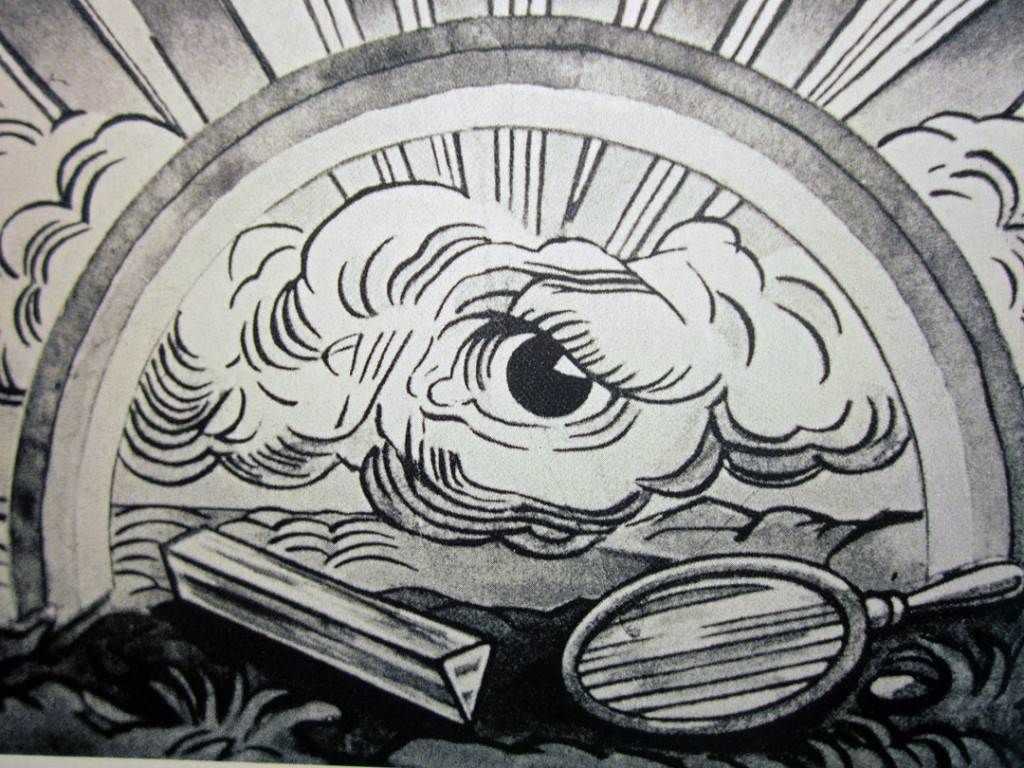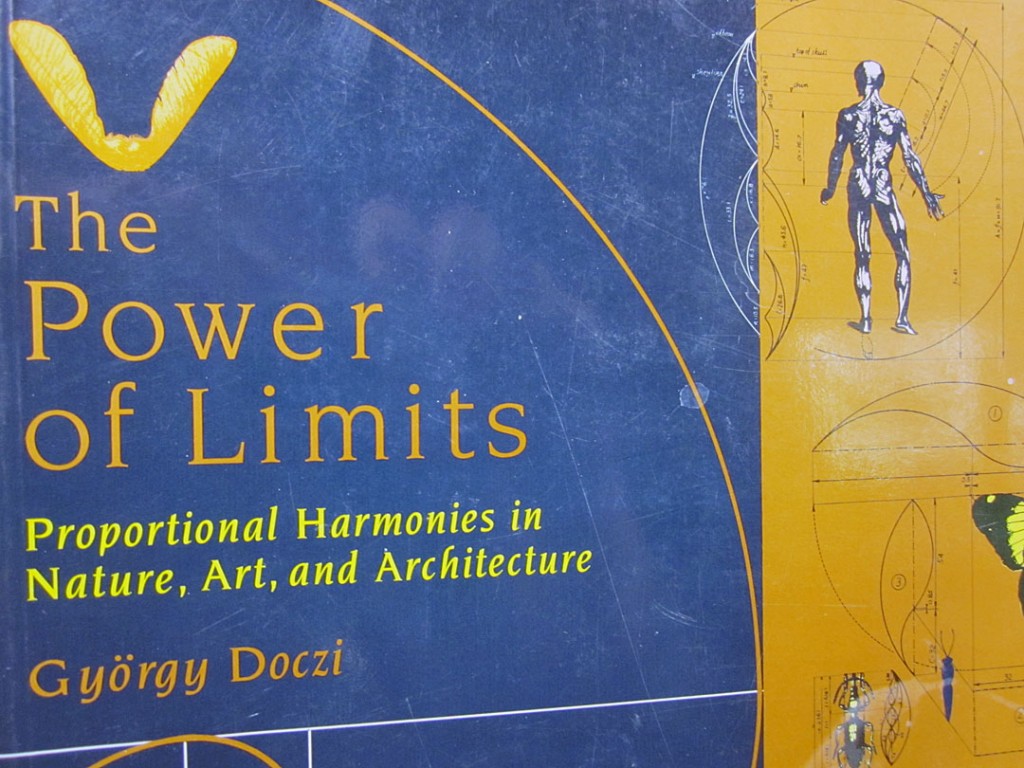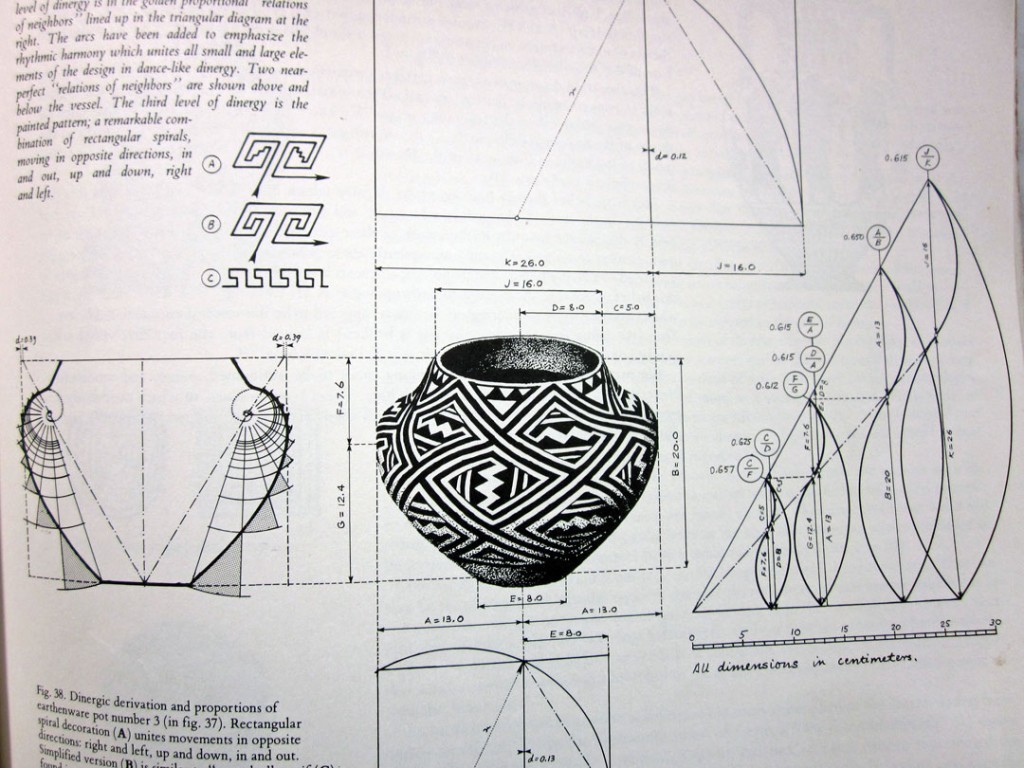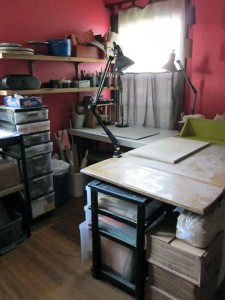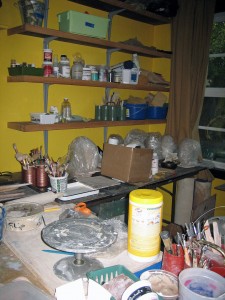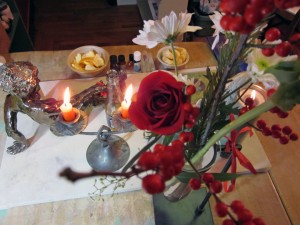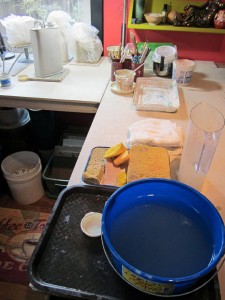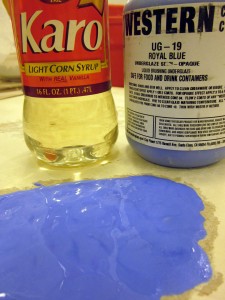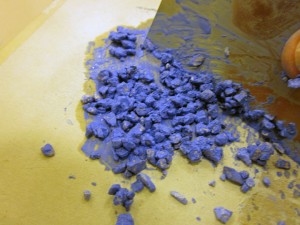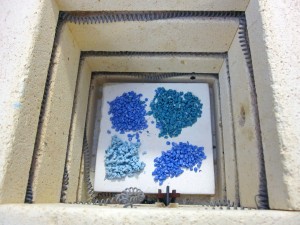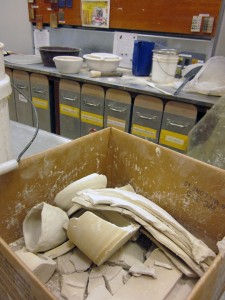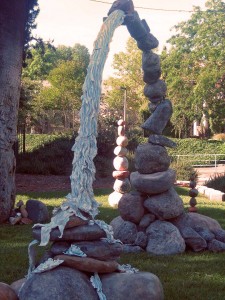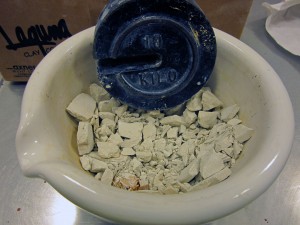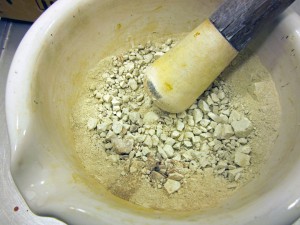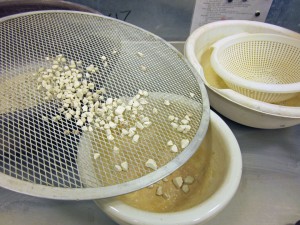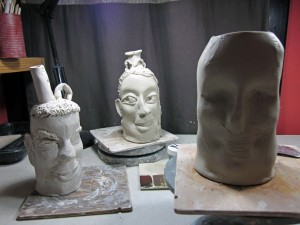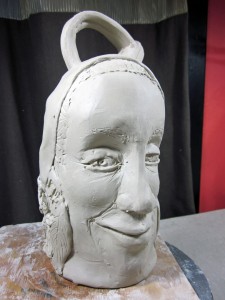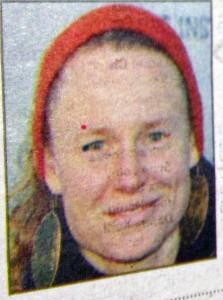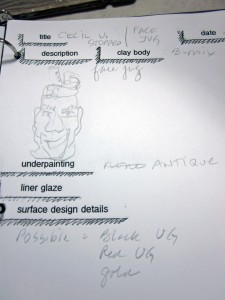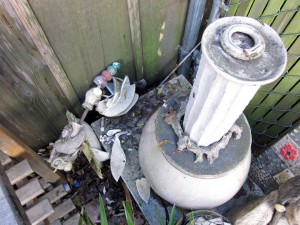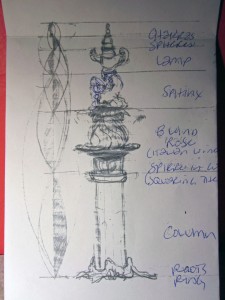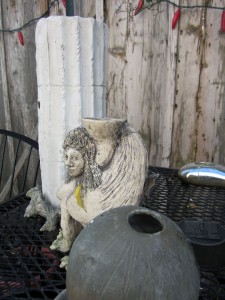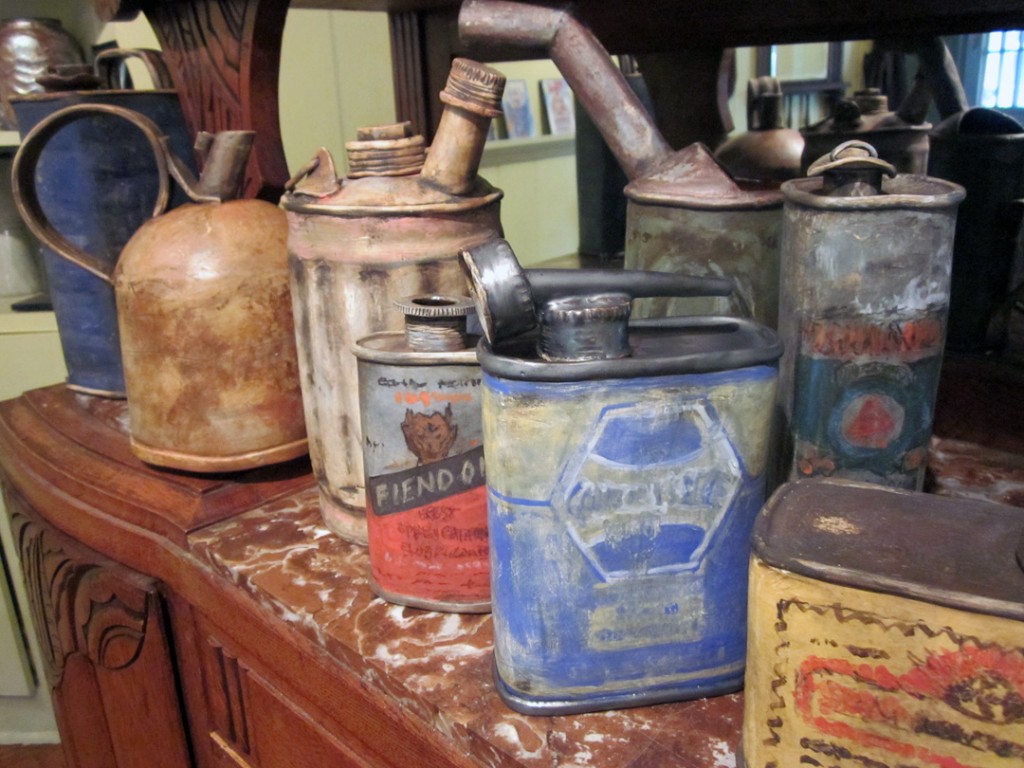
Before delving into the main question, here’s what I mean by a Blog Blast. For the past few years I’ve written longish posts. I compose and edit as I go (a not so good idea), making nifty essays which even I did not have time to read, even though they were worth it, IMHO. No more. Here’s to the short, pithy, candid and extemporaneous post. Longer than a Tweet or a Status Update, shorter than War and Peace, or even a term paper. Still worth it. Still friends.
All Bow!
I know what I want from my ceramic endeavors: the realization of what I had in my head to begin with, only better! I want the Kiln Gods to undo my ham-handedness, my fear and laziness, my lack of knowledge and brain farts. I want nothing less than Transformational Magic, that slice of perfection that no ceramic piece in the world has heretofore attained…until now. All bow.
I’m no different. And sometimes I do get that, briefly. As in performance arts, I feel I am only as good as my last kiln opening. So, when I don’t get the fairy dust, this is how I understand it.
Did I Take the Short Way Home?
Warps, cracks and breakage is the norm for mishandled clay. Glazing faults abound: wrong material/color choice, misapplied, too shiny, streaky, runny, bubbled. These are obvious flaws (except when they’re not because you wanted this exact messed-up result. After all, it’s contemporary art we’re talkin’ about!) Flaws are mostly not too fixable. Better to love and honor the quirky properties of clay and glazes on the front end. But when it does not go well in these departments, have your disappointment, even your everlasting shame and tantrum, then get out the hammer and start over. Oh, and learn to gently amend and refire a little too. Smash seven times, make anew eight. Get back on the cylinder that threw you. Learn to fly with your craft, bird by bird. No way out but the long way.
Got Appreciation for What Is?
What’s harder to understand is when a piece is gorgeous, but just not the specific gorgeous its creator intended. It happens to all of us: the heatwork of the kiln changes things and we hold treasure and call it trash only because it wasn’t what we ordered. The piece is too dark, off the expected color, bled or shrank weirdly. Whatever it is, it failed to meet our prior specs and we’re ready to smash once again. But wait! Tuck this one away somewhere, maybe for months, and then look at it without the pangs of former expectations. You might return to the “amend and refire” mode, you might decide it’s a true goner, or you might see it for what it is.
What to Want
And here’s the Tricky Bit: Don’t settle for “good enough.” Good: the enemy of Best, right? While it might sound like I suggest seeking only objective perfection, it’s really personal excellence which excites me. I may joke about wanting it all from the Kiln Gods, but I know what I alone put out there steeped in my heartfelt best comes back. Often better than I know to want, challenging me to keep stretching. I seek repeated opportunities to do exactly that.
That’s what (ceramic) artists really want.
